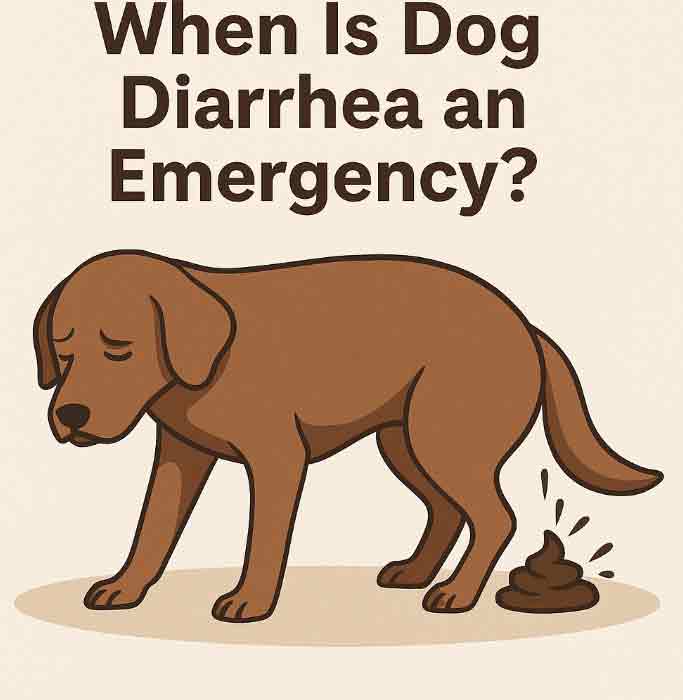How Much Dramamine Can I Give My Dog? Safe Dosage, Side Effects & Vet Tips
Table of Contents
- 1. Introduction
- 2. What Is Dramamine?
- 3. Is Dramamine Safe for Dogs?
- 4. Recommended Dramamine Dosage for Dogs
- 5. How to Safely Give Dramamine to Your Dog
- 6. Possible Side Effects of Dramamine
- 7. When to Use Dramamine for Dogs
- 8. Which Type of Dramamine Is Best?
- 9. Natural and Vet-Approved Alternatives
- 10. Importance of Consulting Your Vet
- 11. Frequently Asked Questions
- 12. Final Thoughts
- 13. Key Takeaways
1. Introduction
If you’ve ever taken a road trip with your pup and noticed excessive drooling, whining, or vomiting, you’re not alone. Motion sickness is a common issue in dogs. One frequently asked question is, “How much Dramamine can I give my dog?” In this article, we’ll explore safe dosage, side effects, and when to use this over-the-counter medication to help your dog feel more comfortable during travel.
2. What Is Dramamine?
Dramamine is an antihistamine most commonly used by humans to prevent motion sickness and nausea. The active ingredient is typically Dimenhydrinate. While it’s not specifically formulated for pets, veterinarians occasionally recommend it for dogs suffering from similar symptoms.
3. Is Dramamine Safe for Dogs?
Yes, Dramamine can be safe for dogs when administered in the correct dosage under veterinary supervision. However, not all dogs will tolerate the drug the same way, and the type of Dramamine matters. Always double-check ingredients and avoid formulas with added medications like acetaminophen.
4. Recommended Dramamine Dosage for Dogs
The general guideline is:
- 2 to 4 mg of Dramamine per pound of body weight
- Given every 8 hours as needed
Example:
- 10-lb dog: 20–40 mg
- 25-lb dog: 50–100 mg
- 50-lb dog: 100–200 mg
Always start with the lowest effective dose and consult your vet before first-time use.
5. How to Safely Give Dramamine to Your Dog
- Use only the original formula without extra active ingredients
- Give the dose 30–60 minutes before travel
- Administer with food to reduce the risk of stomach upset
- Monitor your dog for side effects such as drowsiness or dry mouth
6. Possible Side Effects of Dramamine
Like any medication, Dramamine may cause side effects in some dogs, including:
- Drowsiness or lethargy
- Dry mouth
- Urinary retention
- Diarrhea or vomiting
- Hyperactivity (less common)
Contact your vet if any symptoms worsen or become concerning.
7. When to Use Dramamine for Dogs
Dramamine is most commonly used to treat or prevent:
- Car sickness or motion sickness
- Inner ear disorders
- Nausea or vomiting related to travel
It’s not intended for chronic use and should only be used situationally with guidance from your vet.
8. Which Type of Dramamine Is Best?
There are multiple forms of Dramamine, including:
- Original Formula (Dimenhydrinate): Generally safe for dogs
- Less Drowsy Formula (Meclizine): May also be used but consult your vet
- Chewable tablets: Easier for some dogs to take
Never use multi-symptom formulas or those with additional active ingredients not approved for dogs.
9. Natural and Vet-Approved Alternatives
If Dramamine isn’t suitable, consider these alternatives:
- Cerenia: A prescription anti-nausea medication for dogs
- Ginger: Natural and effective for mild nausea
- CBD (veterinary-approved): May help with anxiety and nausea
- Behavioral conditioning: For dogs with travel anxiety
10. Importance of Consulting Your Vet
Every dog is different. Factors such as age, weight, breed, and pre-existing health conditions can impact how your dog reacts to Dramamine. A vet will help determine the safest and most effective solution tailored to your pet’s needs.
11. Frequently Asked Questions
Can I give my puppy Dramamine?
Only under vet supervision. Puppies are more sensitive to medications.
How fast does Dramamine work?
Typically within 30–60 minutes after administration.
Can Dramamine be used for anxiety?
It may calm some dogs due to its sedative effects, but it’s not an anxiety medication.
12. Final Thoughts
How much Dramamine can I give my dog? The answer depends on your dog’s size, health, and specific needs. While Dramamine can be a helpful tool for preventing motion sickness, it must be used with care. Always consult your veterinarian before giving any human medication to your pet, and never exceed the recommended dose.
13. Key Takeaways
- Dramamine can help with motion sickness in dogs when used correctly
- Recommended dose: 2–4 mg per pound every 8 hours
- Always use the original formula without extra ingredients
- Monitor for side effects and contact your vet if needed
- Speak to your vet before administering for the first time







